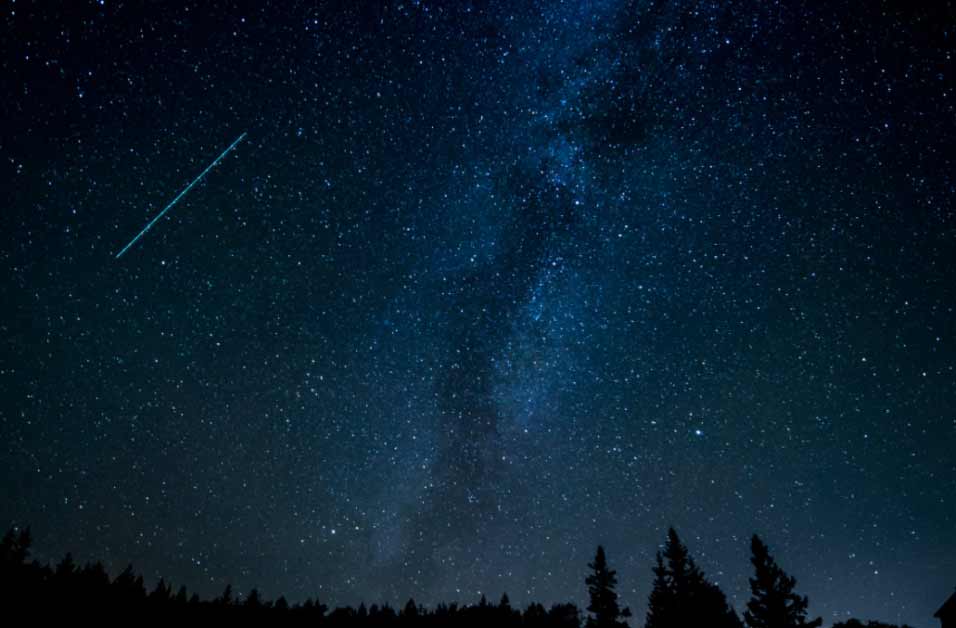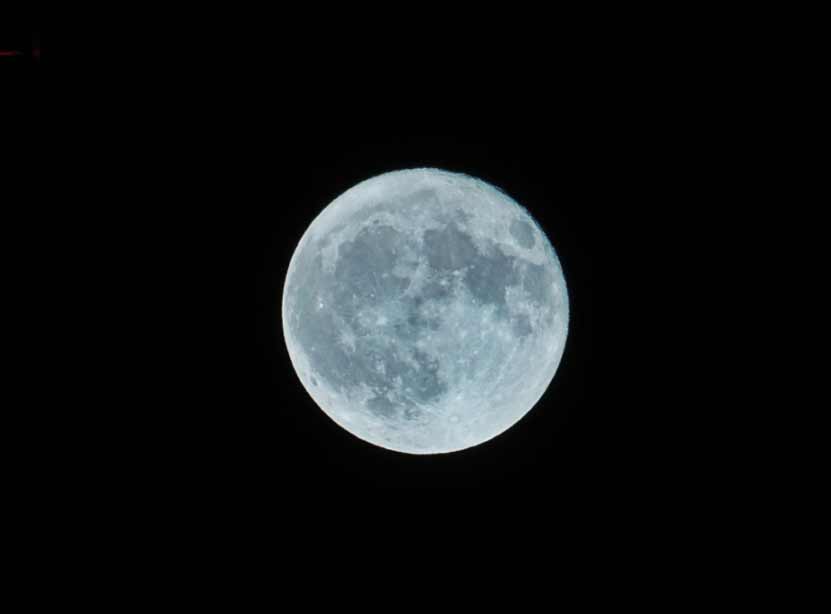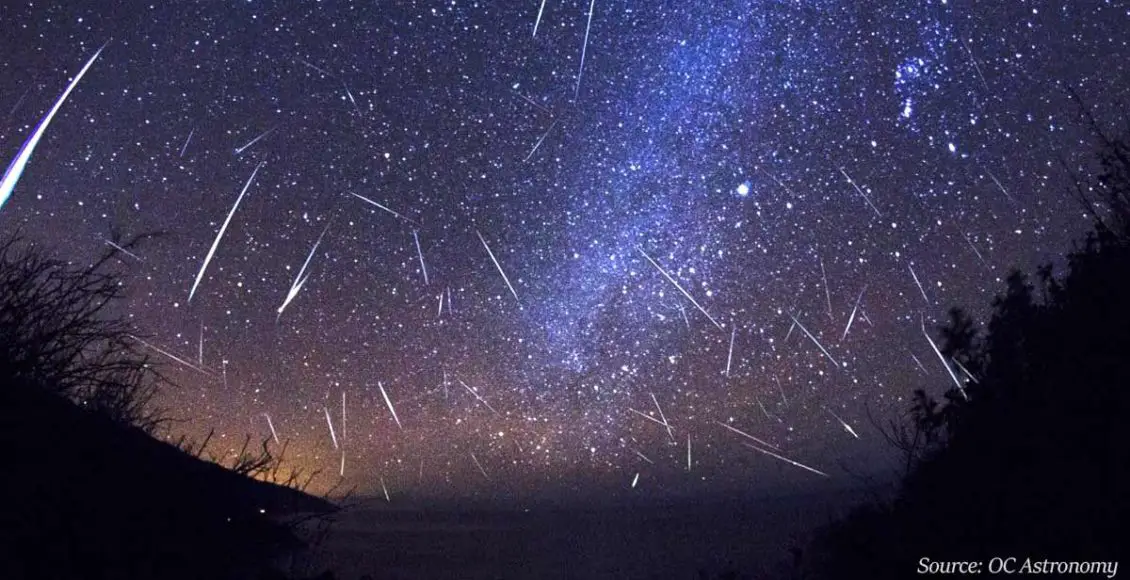October will be a month filled with mesmerizing celestial events.
One of them will be the Orionid meteor shower that will light up the sky in the early hours of October 21.
If you’re looking for the perfect opportunity for a night full of stargazing and making wishes, make sure you don’t miss the Orionid meteor shower! This breathtaking cosmic experience occurs when our planet passes through a stream of debris left behind Comet Halley, which is the parent comet of the Orionid meteor shower.

As per Daily Mail, according to astronomers, the meteors can move 148,000 miles per hour into the atmosphere. However, the gas trails they leave in the sky last for a few seconds. What is more, NASA believes that the Orionids are one of the most beautiful showers in the year. Luckily, millions of people will be able to witness the outstanding cosmic event, as it will be visible in both the Northern and Southern hemispheres after midnight.
The American space agency gave some tips to those looking forward to a night of stargazing:
“Find an area well away from city or street lights. Come prepared with a sleeping bag, blanket or lawn chair. Lie flat on your back with your feet facing east and look up, taking in as much of the sky as possible. After about 30 minutes in the dark, your eyes will adapt and you will begin to see meteors. Be patient—the show will last until dawn, so you have plenty of time to catch a glimpse.”
The month of October also brings a rare Blue Moon.
A ‘Blue Moon’ occurs rare, as it happens only 7 times every 19 years. This particular celestial event is named after the fact that this is the second full moon to appear in the same month.

The first full moon for the month appeared on the night of October 1 and the early hours of October 2. The Blue Moon will appear on the night of Halloween, October 31.
This season’s Blue Moon will be seen in all parts of the world, which makes it unique as the last time that happened was during World War II. People from all over the globe, including North and South America, Europe, and Asia, will have a glimpse of the cosmic wonder.
However, have in mind that the second full moon of October will not actually be blue. According to EarthSky, the idea of a Blue Moon as the second full moon in a month was first released in the March 1946 issue of Sky and Telescope magazine. An article called ‘Once in a Blue Moon’ written by James Hugh Pruett stated:
“Seven times in 19 years there were – and still are – 13 full moons in a year. This gives 11 months with one full moon each and one with two. This second in a month, so I interpret it, was called Blue Moon.”
Another stunning night sky scene you shouldn’t miss in October is the Mars opposition on October 13. Then, the red planet will be at its brightest until 2035.



